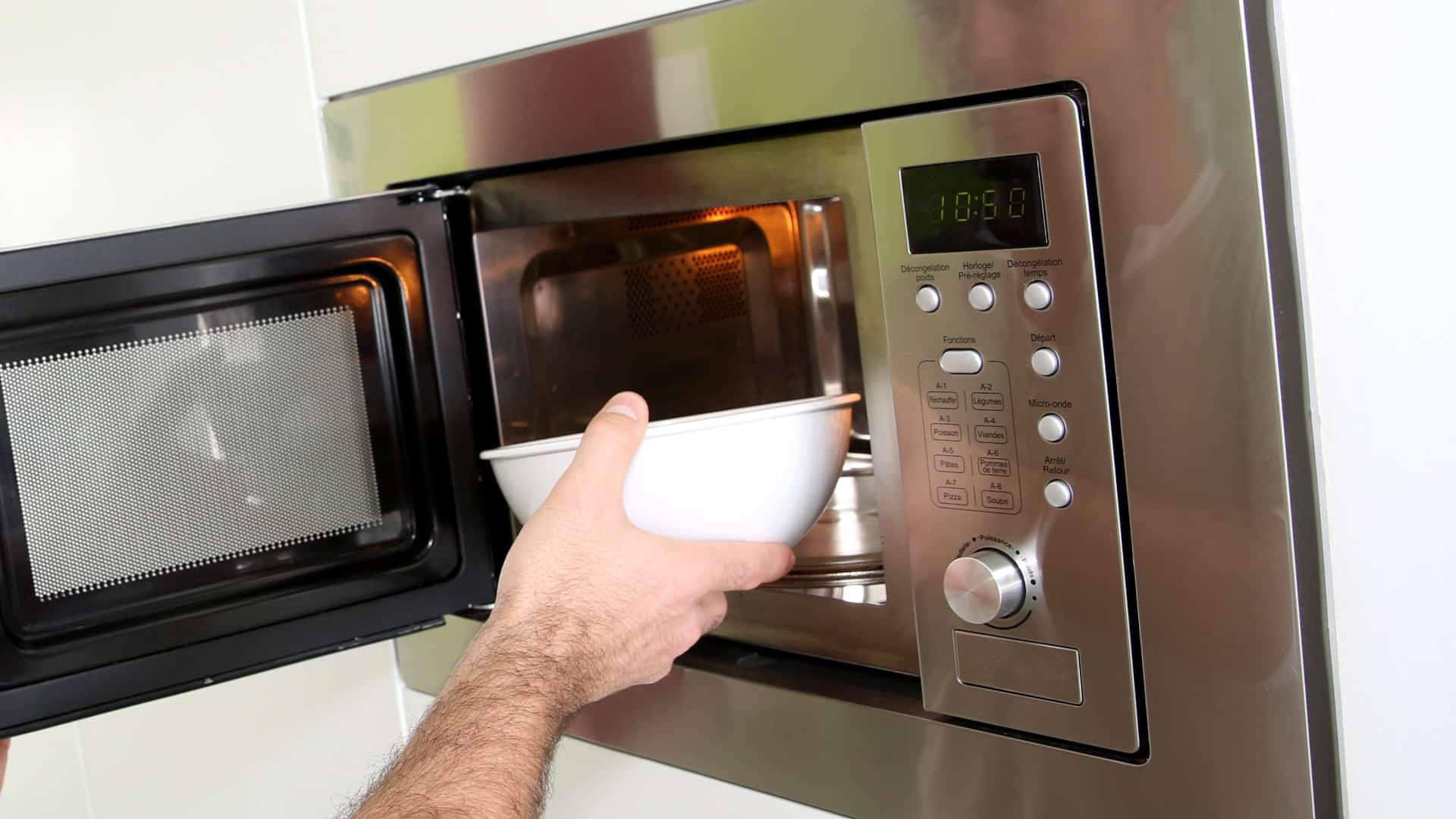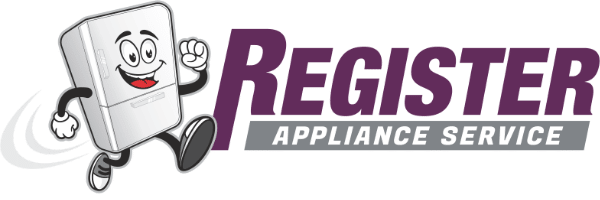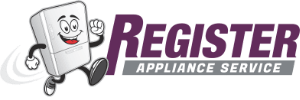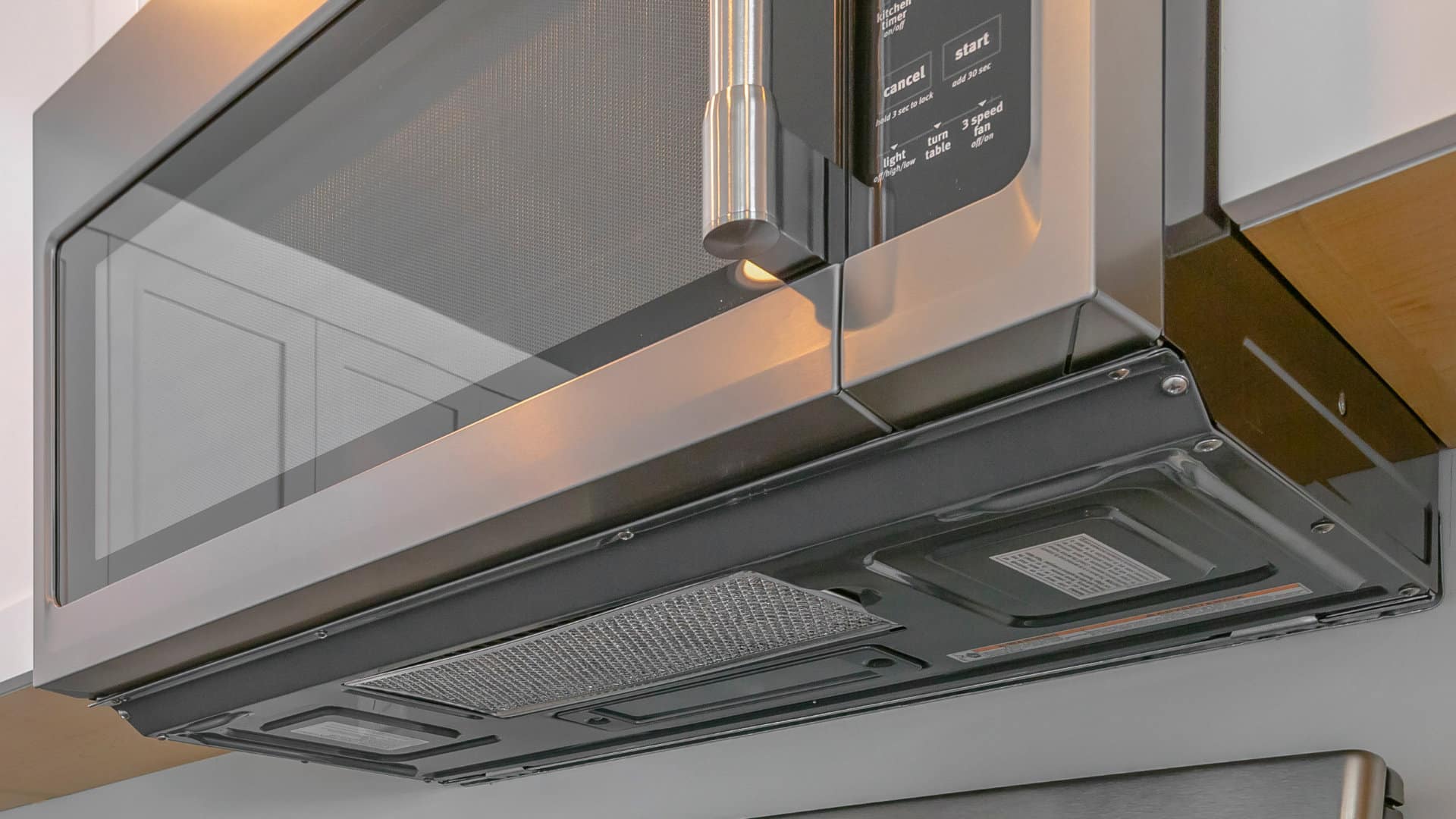
Microwaves have become kitchen staples, offering quick and convenient meal preparation. However, when your operational microwave fails to heat, it can disrupt your routine. This guide provides a systematic approach to troubleshoot and resolve the issue.
Safety warning
Microwave component repair and testing involve significant safety risks, requiring a trained technician. The microwave’s high-voltage capacitor can retain a fatal charge even after disconnection. Prioritize safety by discharging the capacitor before handling, wearing electrical safety gloves, and avoiding direct contact with metal during discharge.
What’s the issue? Microwave not heating vs. insufficient heating
If the microwave is heating insufficiently, the issue is likely a faulty:
- Door seal
- Magnetron
- High-voltage capacitor
- Diode
If the microwave isn’t heating, the issue likely lies with a power source issue or a faulty:
- Door switch
- Thermal fuse
- Thermal protector
- Circuit board
Read on to diagnose and fix the issue.
Power source
Before delving into the inner workings of your microwave, it’s crucial to ensure that it is receiving an adequate power supply.
To diagnose a power source issue:
- Check the power cord for any visible signs of damage.
- Inspect the outlet for any visible damage or loose connections.
- If everything appears in order, test the outlet with another appliance to verify it is functioning correctly.
If the outlet is the issue, consider seeking assistance from an electrician to address potential wiring problems.
Door seal
The microwave’s door seal is a crucial component designed to prevent the leakage of microwaves during operation. Moreover, it is vital in facilitating the microwave’s heating function. If the door seal is not sealed correctly, the microwave may fail to generate the necessary heat for cooking or warming food.
To diagnose an issue with the door seal:
- Inspect the door seal for any signs of damage, wear, or debris preventing it from closing tightly.
- Clean the seal and its surrounding areas.
If the door seal is found to be damaged, it is advisable to consider replacing it to ensure an effective and airtight closure.
Door switches
The door switches play a crucial role in ensuring that the microwave only operates when the door is securely closed. If these switches are faulty, the microwave may still run but won’t generate heat.
Door switches must be tested with a multimeter to determine if they are faulty. However, occasionally, a door switch fails because of a loose connection.
To diagnose an issue with a door switch:
- Disconnect the power.
- Remove the microwave’s casing panels.
- Inspect the door switches to ensure they are connected and installed correctly and securely.
- Remove each door switch from the microwave.
- Test each door switch for continuity with a multimeter.
If a switch fails the continuity test, it will need to be replaced.
Thermal fuse or thermal protector
Microwaves come equipped with thermal safeguards, either in the form of fuses or protectors, designed to prevent overheating. When these components blow, they interrupt power to the magnetron, resulting in a cessation of the microwave’s heating function.
Test the component for continuity with a multimeter to determine if a thermal fuse or protector has failed. If the part fails the continuity test, it will need to be replaced.
Depending on your microwave type, these components are typically located beneath the casing or within the cavity. Refer to your microwave’s manual for precise locations.
To diagnose an issue with a thermal fuse or protector:
- Disconnect the power.
- Remove the microwave’s casing panels.
- Remove and test the thermal fuse or protector for continuity using a multimeter.
Remember that a blown thermal fuse may signal an underlying issue, such as a malfunctioning magnetron or high-voltage capacitor. Addressing the root cause and replacing the faulty fuse or protector is crucial.
High-voltage diode
The high-voltage diode is essential for converting electrical current from the power source into the high voltage required to power the magnetron. The magnetron, responsible for generating microwave radiation, relies on sufficient voltage to heat and cook food effectively. If the diode fails, the microwave will be unable to generate the necessary heat for cooking.
See the steps below to diagnose the issue.
Magnetron
The microwave’s magnetron is the essential component that produces microwave energy, responsible for heating the food in the microwave. If the magnetron is faulty, the microwave will still operate but won’t generate the necessary heat for cooking.
See the steps below to diagnose the issue.
High-voltage capacitor
The high-voltage capacitor functions as a storage unit for electrical energy, releasing it to the magnetron to generate microwaves essential for cooking. When the capacitor malfunctions, a lack of heating may result. Discharging the capacitor before handling it is crucial to prevent electrical shock.
See the steps below to diagnose the issue.
Diagnose components: Diode, magnetron, high-voltage capacitor
Determining why the microwave isn’t heating—whether due to a faulty diode, magnetron, or high-voltage capacitor—involves inspecting for visible damage and checking for continuity with a multimeter.
If visible damage is present, use a multimeter to pinpoint the faulty component for replacement.
Before testing or replacing, thoroughly understand the safety warning. If you need more clarification, seek professional assistance.
To diagnose an issue with these components:
- Disconnect the power.
- Remove the microwave’s casing panels.
- Discharge the capacitor.
- Examine for visible damage (burning, bulging, leaking, discoloration).
- Remove the component.
- Test for continuity using a multimeter.
If the component does not have continuity, it is defective and requires replacement.
Circuit board
The microwave’s circuit board regulates the microwave’s functions, including the heating element. If there is a malfunction, it can result in the microwave running without producing heat.
Circuit board issues typically require a trained professional to diagnose and fix the problem. However, you can inspect the board for any damage or loose wiring. If you suspect the circuit board is faulty, contact a trained technician to test and repair the component.
Final thoughts
Effective troubleshooting of a microwave that runs but doesn’t heat demands a systematic approach to diagnose and address key components. Prioritize safety, especially when dealing with the high-voltage capacitor. If uncertainties persist, seek professional assistance for the safe and efficient operation of your microwave.
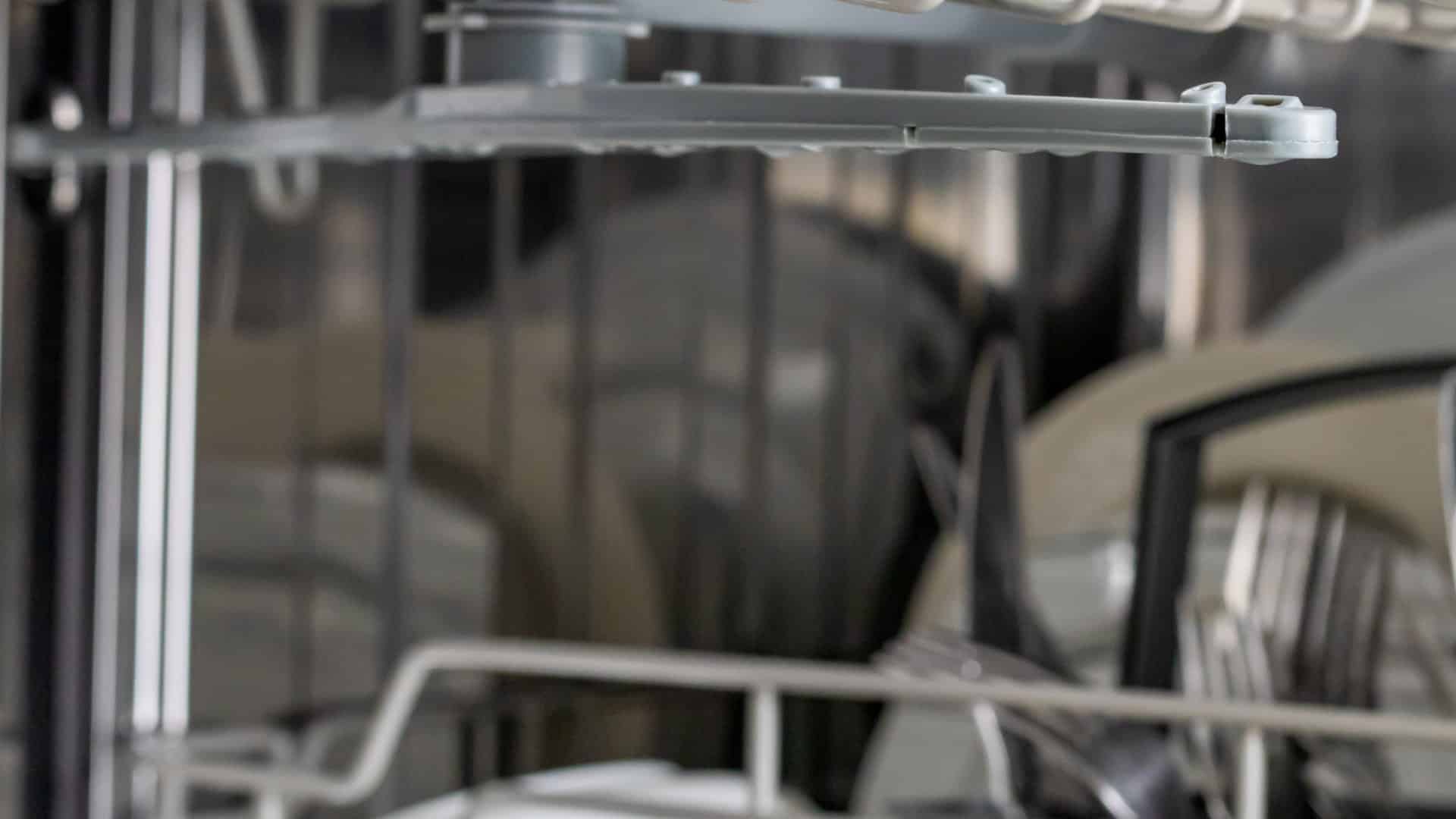
GE Dishwasher With No Power or Lights? Try This Fix

Understanding SC Code on Samsung Washer

Resolving LG Dryer D80 Error Code
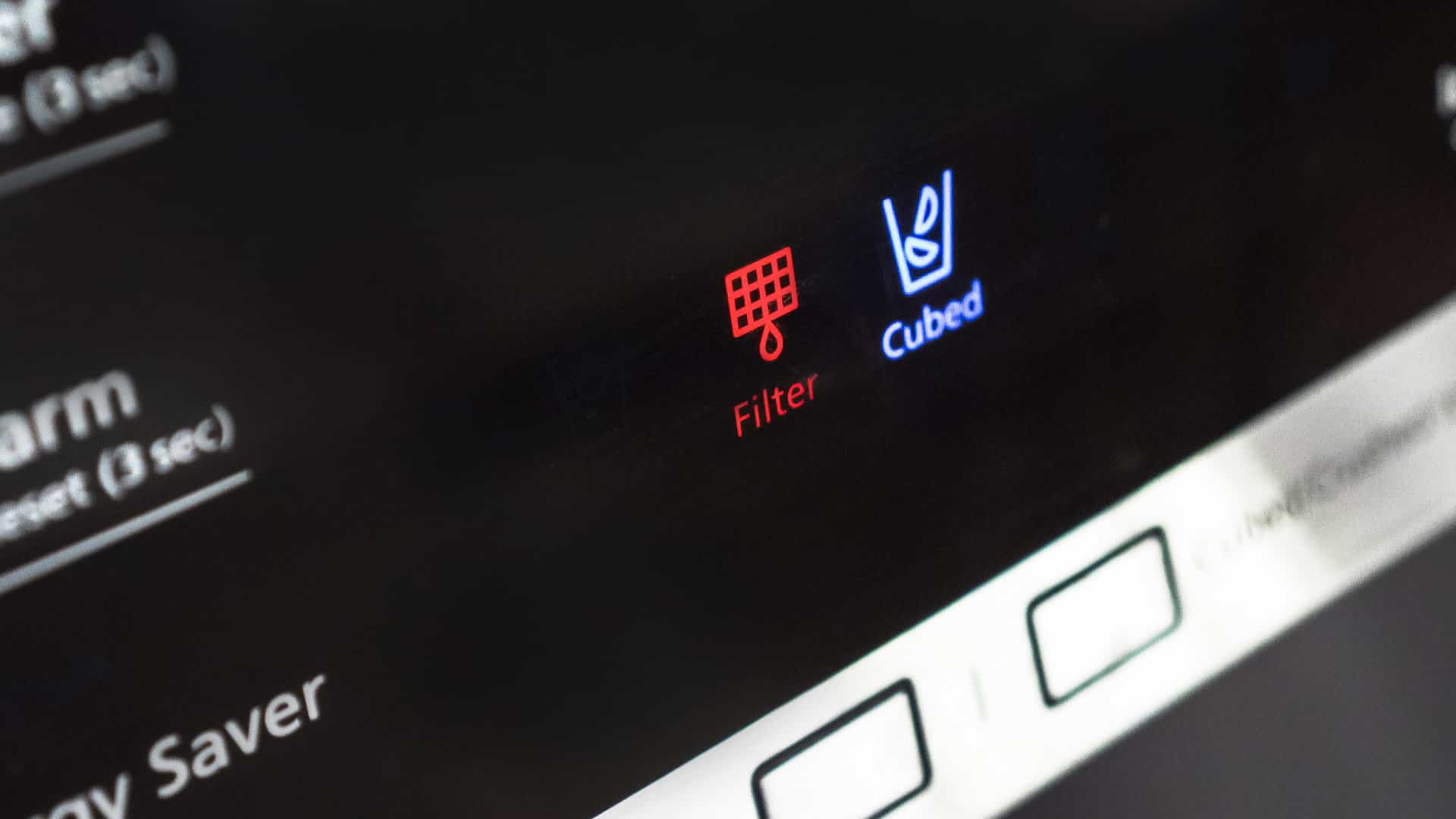
Understanding GE Refrigerator Error Codes: A Guide
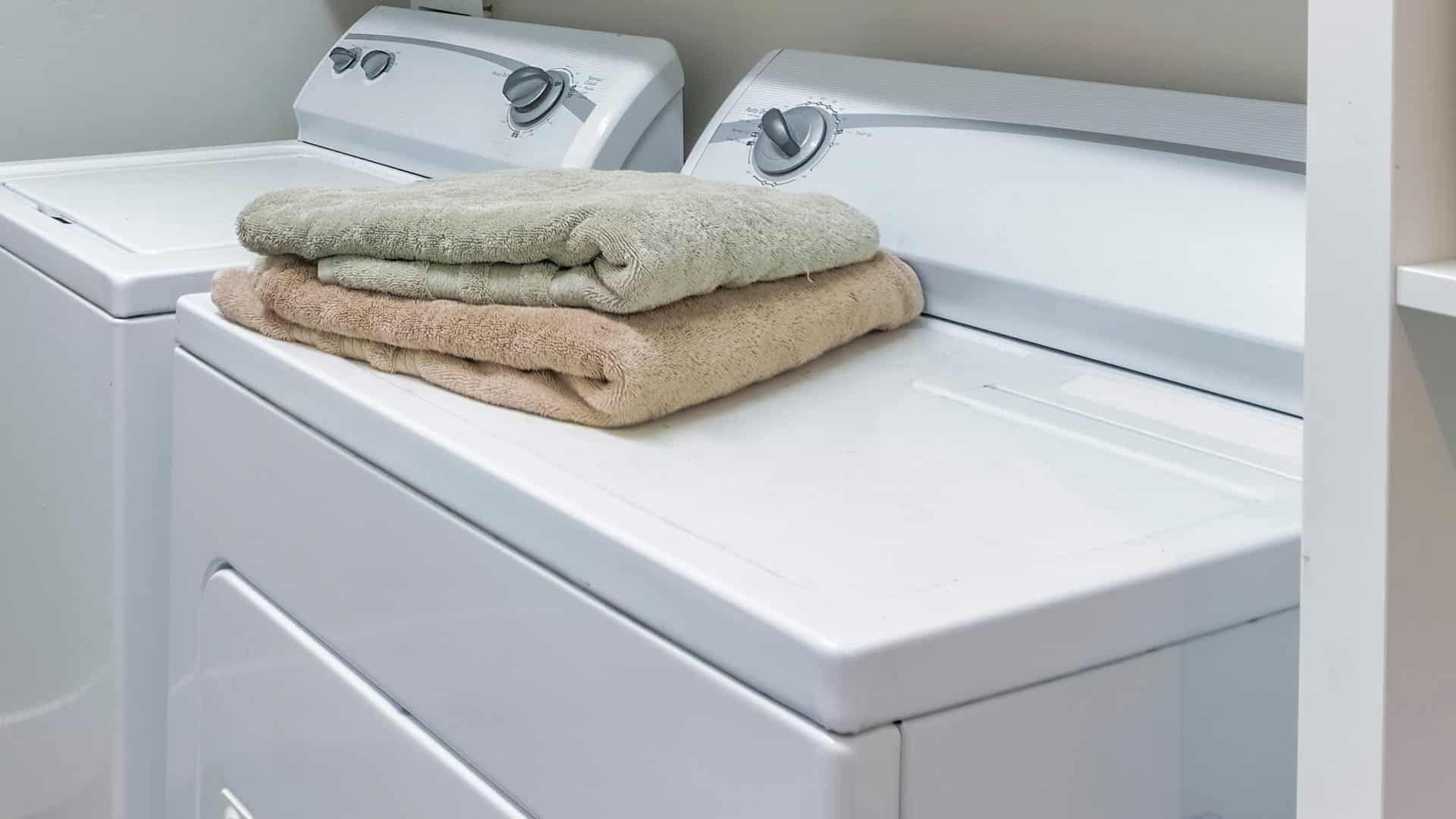
Amana Dryer Not Heating? Try These 5 Fixes
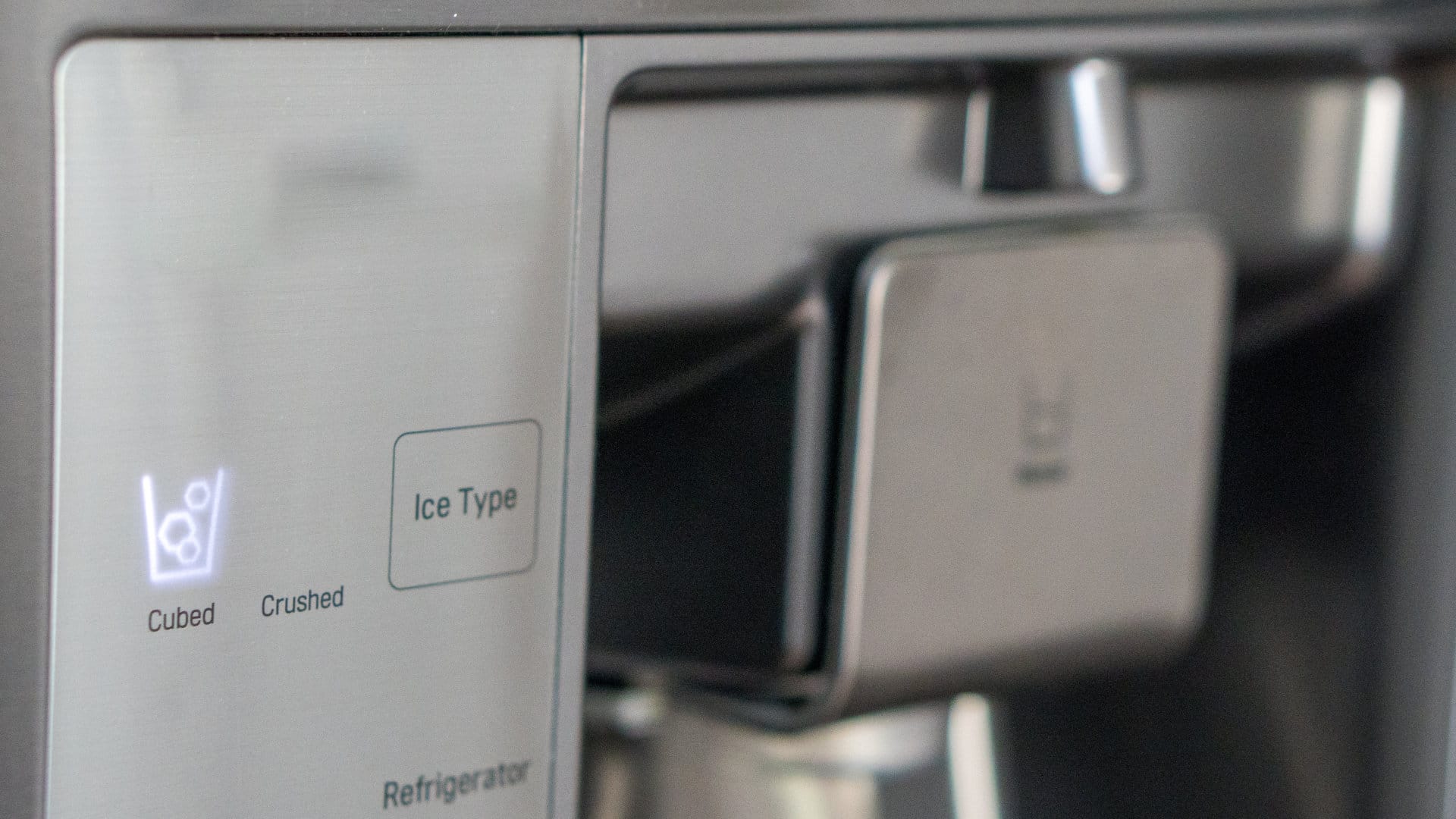
Samsung Ice Maker Issues? Here are 5 Fixes
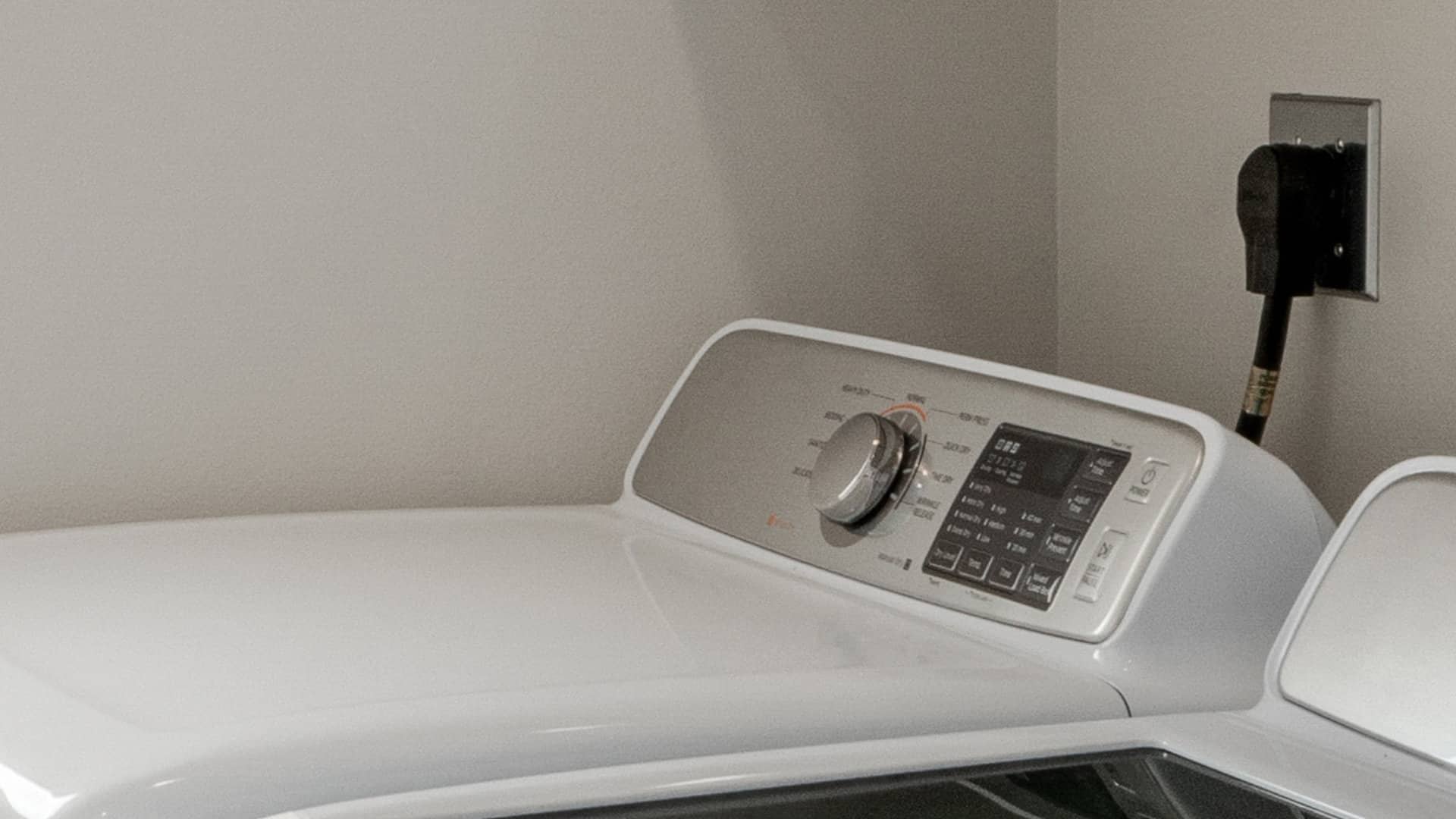
Samsung Dryer Not Heating with No Error Code? Here’s Why

GE Profile Dishwasher Not Draining? Here’s Why
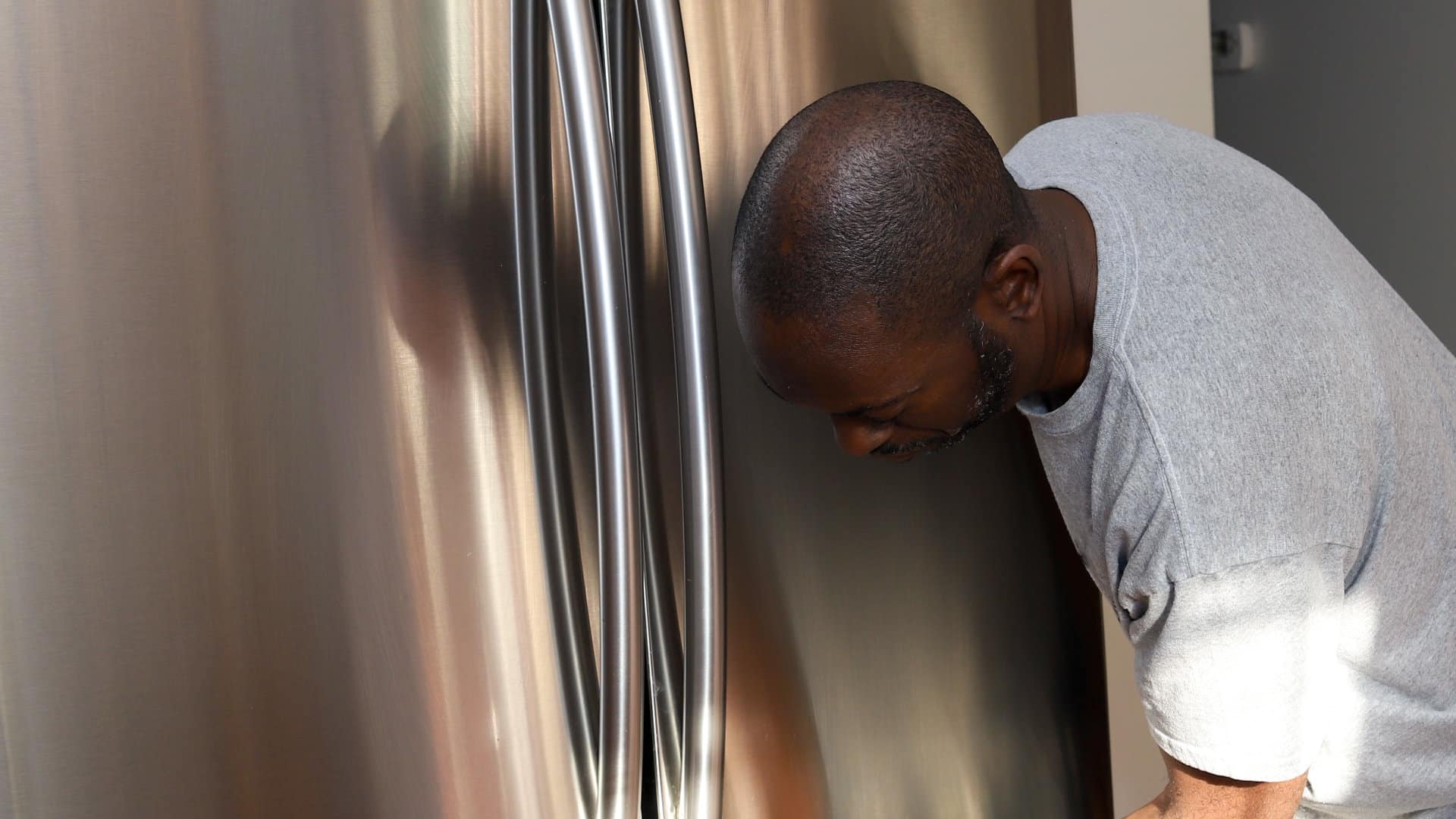
How to Replace the Filter on a Samsung Refrigerator
